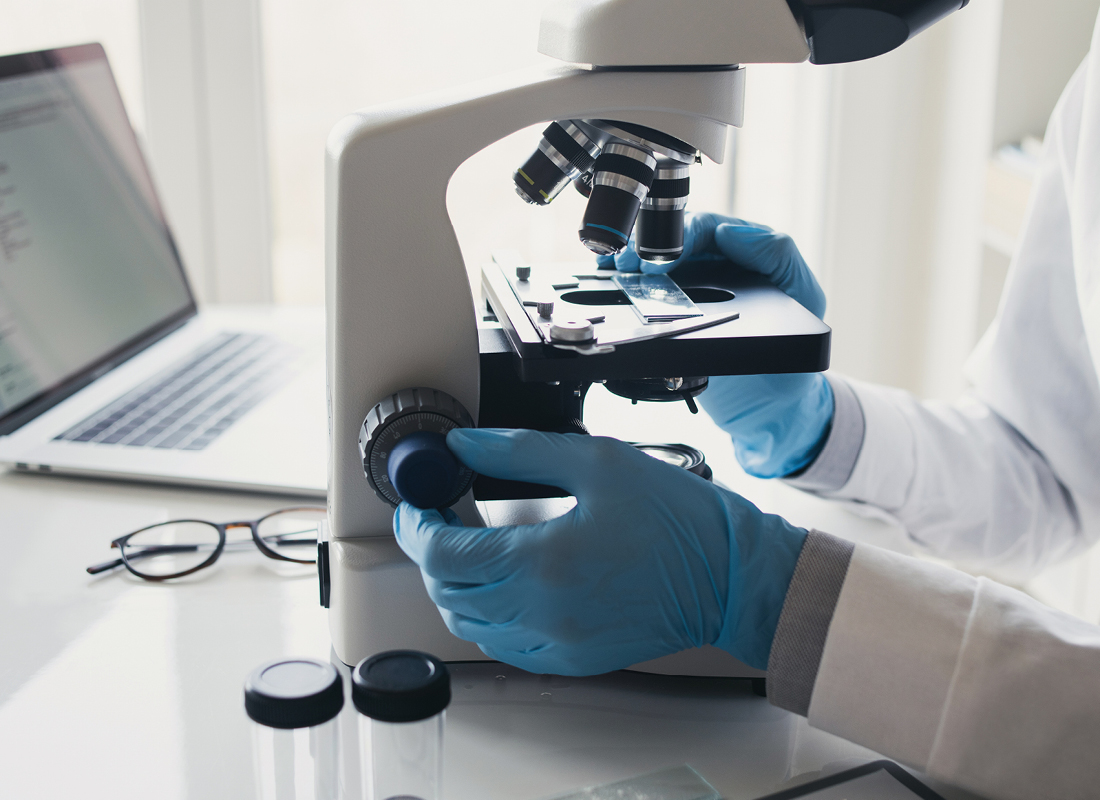Eliminating RNA Extraction Offers Promise of Faster COVID-19 RT-PCR Testing
Reverse transcription polymerase chain reaction (RT-PCR)-based molecular testing is universally recognized as the gold standard for COVID-19 testing accuracy. The downside of molecular testing is its reliance on RNA extraction, which makes testing cumbersome, costly and slow. But now comes word scientists at the National Institutes of Health (NIH) have developed a new sample purification method that is both simpler and faster. The Diagnostic Challenge Molecular tests detect COVID-19 by identifying the RNA from the SARS-CoV-2 virus. However, the RNA detection requires elaborate sample preparation. First, the sample must be purified via treatment with chemical solutions to remove substances such as proteins and fats. The RNA must then be reverse transcribed to DNA by use of a specific enzyme, which are then enriched to offer a better target for detection. The mixture is then placed in an RT–PCR machine for cycling to trigger specific chemical reactions that create new, identical copies of the target sections of viral DNA. The cycle is repeated over and over to continue copying the target sections of viral DNA. Each cycle doubles the previous number: two copies become four, four copies become eight, and so on. The process takes at least 24 to 36 hours. […]

Reverse transcription polymerase chain reaction (RT-PCR)-based molecular testing is universally recognized as the gold standard for COVID-19 testing accuracy. The downside of molecular testing is its reliance on RNA extraction, which makes testing cumbersome, costly and slow. But now comes word scientists at the National Institutes of Health (NIH) have developed a new sample purification method that is both simpler and faster.
The Diagnostic Challenge
Molecular tests detect COVID-19 by identifying the RNA from the SARS-CoV-2 virus. However, the RNA detection requires elaborate sample preparation. First, the sample must be purified via treatment with chemical solutions to remove substances such as proteins and fats. The RNA must then be reverse transcribed to DNA by use of a specific enzyme, which are then enriched to offer a better target for detection. The mixture is then placed in an RT–PCR machine for cycling to trigger specific chemical reactions that create new, identical copies of the target sections of viral DNA. The cycle is repeated over and over to continue copying the target sections of viral DNA. Each cycle doubles the previous number: two copies become four, four copies become eight, and so on.
The process takes at least 24 to 36 hours. And it must be carried out at a laboratory using specialized equipment. All of this makes RT-PCR testing great for diagnosis of symptomatic or high-risk cases but ill-suited for asymptomatic screening and other applications requiring rapid, scalable testing at the point of care.
The NIH Sample Preparation Method
The new sample preparation method bypasses the RNA extraction part of the process. A team of scientists from the NIH Clinical Center, National Eye Institute (NEI) and National Institute of Dental and Cranofacial Research (NIDCR), were able to use Chelex 100 resin, a chelating agent produced by laboratory supplies company Bio-Rad, to preserve SARS-CoV-2 RNA in samples for subsequent quantitative RT-PCR detection.
“We used nasopharyngeal and saliva samples with various virion concentrations to evaluate whether they could be used for direct RNA detection,” noted Bin Guan, Ph.D., a fellow at NEI’s Ophthalmic Genomics Laboratory and lead author of the report describing the technique, which was published this week in the journal iScience. The team tested a variety of chemicals using synthetic and human samples to identify those that could preserve the RNA in samples with minimal degradation while allowing direct detection of the virus by RT-qPCR.
To validate the test, they collected patient samples in either viral transport media, or the newly developed chelating-resin-buffer at the NIH Symptomatic Testing Facility. The samples in viral transport media were tested using conventional RNA extraction and RT-qPCR testing. The samples in the chelating-resin-buffer were heated and the viral RNA was, then, tested by RT-qPCR.
The new preparation significantly increased the RNA yield available for testing, compared to the standard method. In addition to allowing for detection with “markedly high sensitivity,” the preparation technique inactivated the virus, making it safer for laboratory personnel to handle positive samples.
Takeaway
Elimination of RNA extraction would make qRT-PCR testing faster and less costly, without compromising test accuracy. The NIH project is exciting in supplying early evidence of the idea’s feasibility by stabilizing the RNA at room temperature for easier transport, storage, and handling in clinical settings.
Subscribe to Clinical Diagnostics Insider to view
Start a Free Trial for immediate access to this article